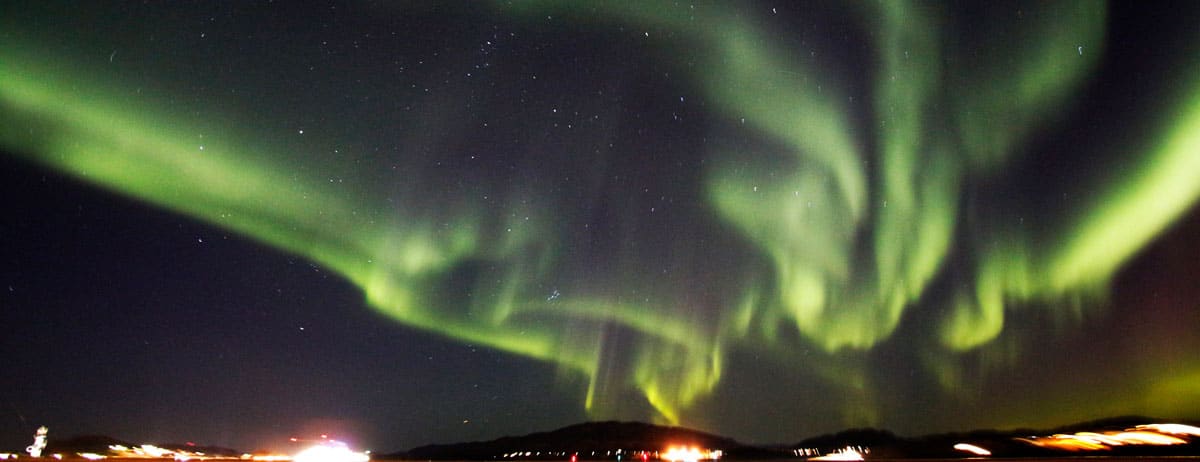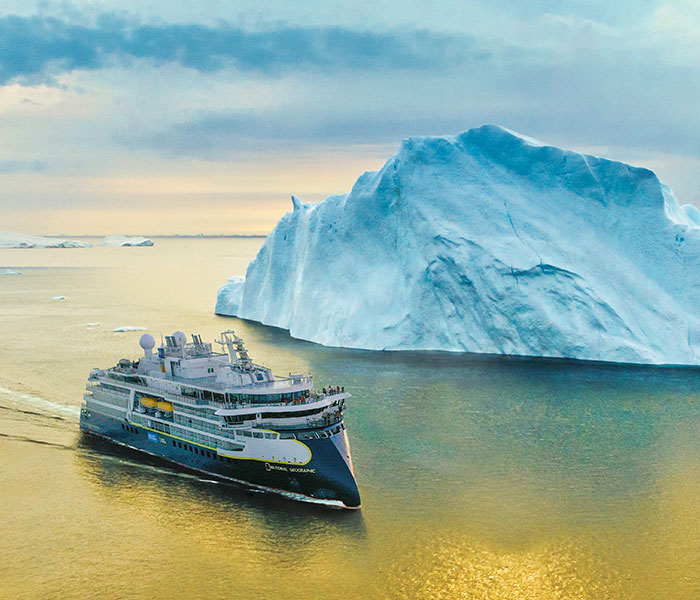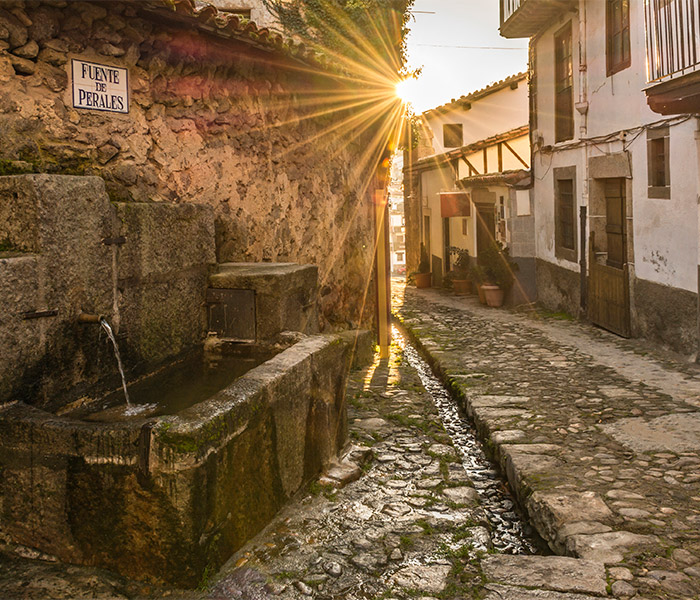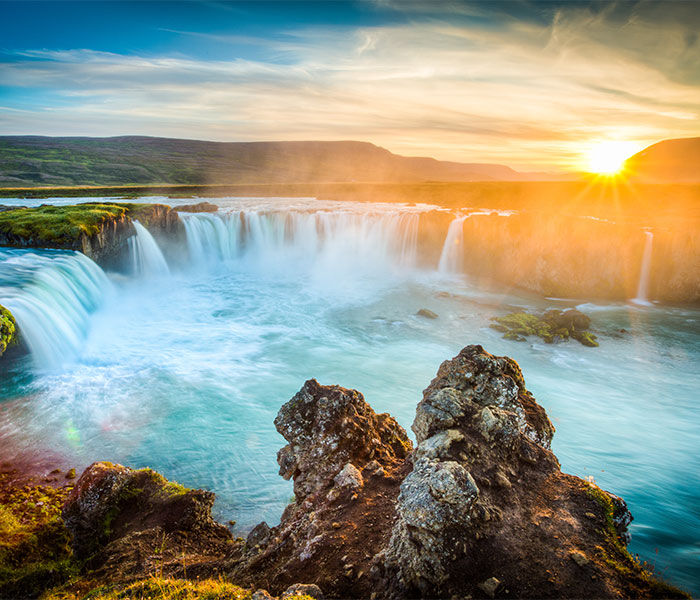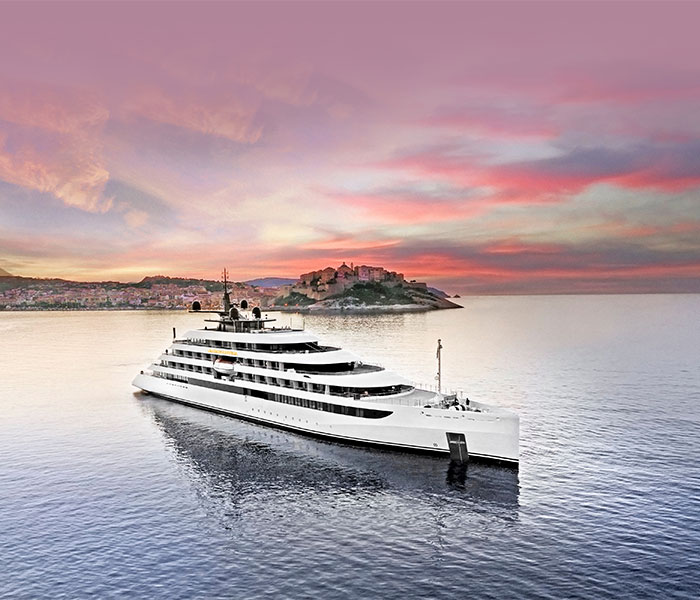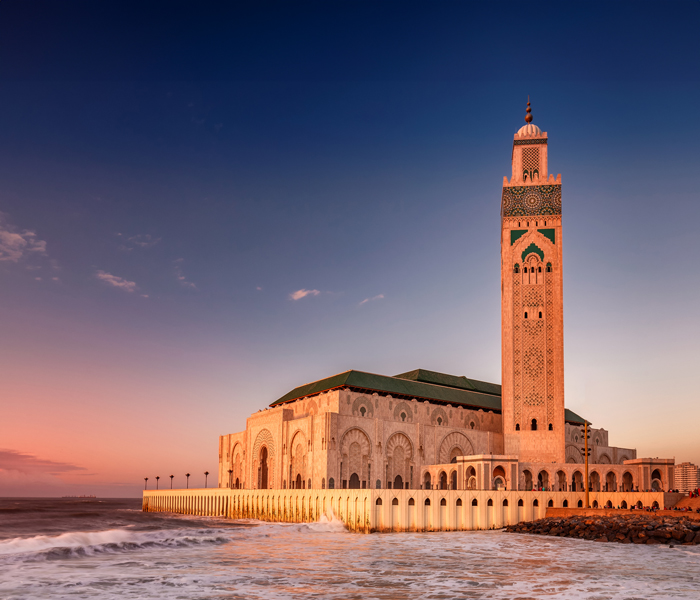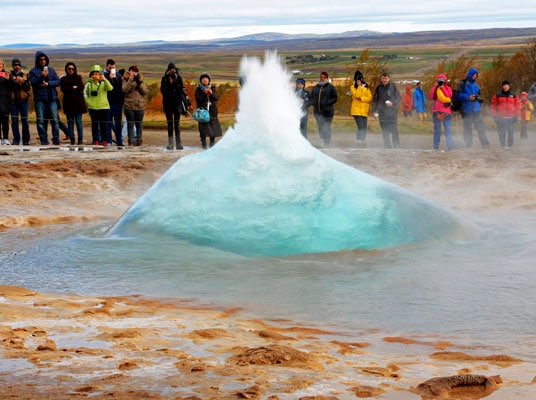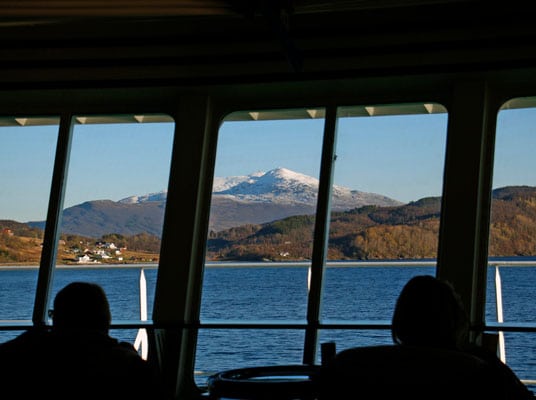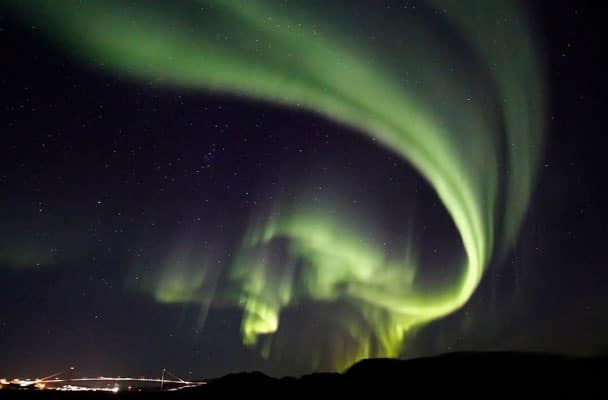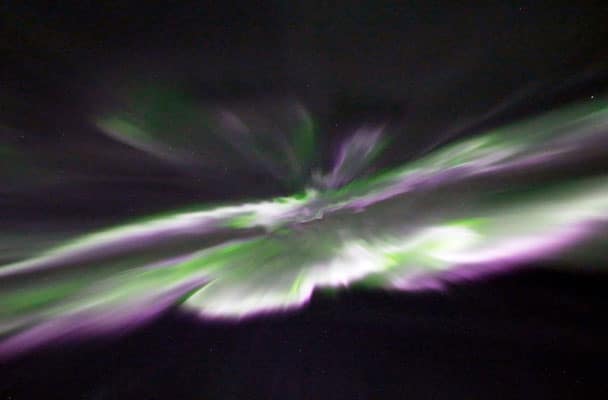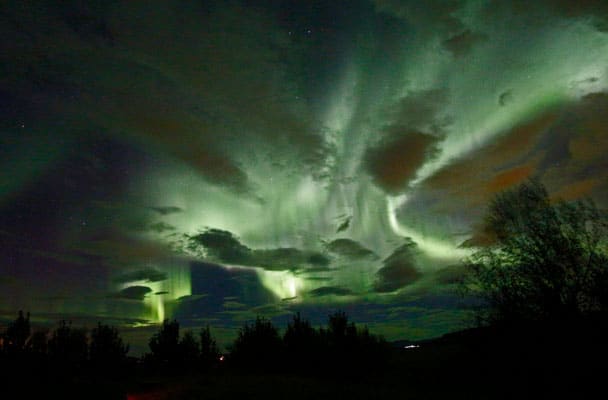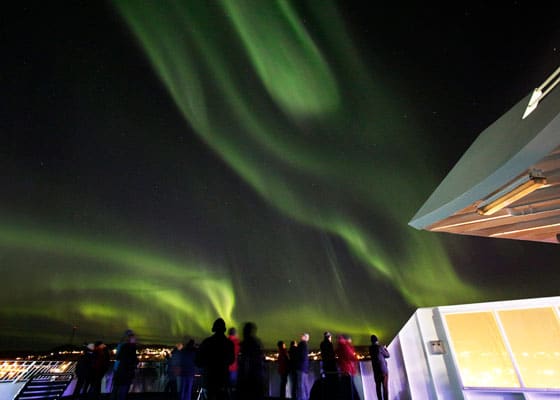Where to Go on a Northern Lights Adventure
The best Arctic locations for aurora borealis travel lie beneath a narrow, invisible doughnut-shaped region in the sky known as the auroral oval. This oval is centered on Earth’s north and south geomagnetic poles. Beneath the oval lie numerous excellent aurora-viewing regions including Iceland, Alaska, northern Canada, and northern Norway, Sweden, and Finland. Each region has stunning and unique Arctic scenery.
For more than two decades, TravelQuest has taken travel groups into the Arctic on northern lights expeditions. In Alaska, we often headquartered in Fairbanks, but later we lodged in the countryside at the Chena Hot Springs Resort, northeast of Fairbanks. Much of Alaska sits directly under the auroral oval. Away from the lights of Fairbanks, the views of the aurora and the starry sky are incredible.
Our numerous aurora vacations to Iceland are not like most other northern lights trips. While we do spend one or two days exploring the sights in and around Reykjavik, most of our touring takes place in the Icelandic countryside. Here we stay at hotels with easy access to the outdoors from our rooms; very convenient for northern lights watching at your leisure. Volcanoes, vast tracts of moss-covered lava flows, glaciers, waterfalls, hot springs, and geothermal fields are all part of our amazing Iceland itinerary. Because we often travel in the north and west of Iceland, we’re far from the crowded tourist destinations. And no matter where we go on this little island, we are always under the auroral oval, and much of the country is set up for northern lights tourism.
Several years ago we added Norway to our aurora travel itinerary. After visiting Oslo and Bergen in the south, we board one of Hurtigruten’s coastal ferry ships and sail north for several days, right into and through the auroral oval. The skies of Norway’s inshore waterways are very dark, and when the northern lights strike, the ship’s Captain obligingly dims the vessel’s lights. Near the northern tip of Norway, we actually have to look south to see the northern lights!
At times, TravelQuest has considered adding northern Sweden and/or Finland to our aurora travel itinerary, and we’re always looking at other possibilities. Feel free to contact us about potential future northern lights holidays.


